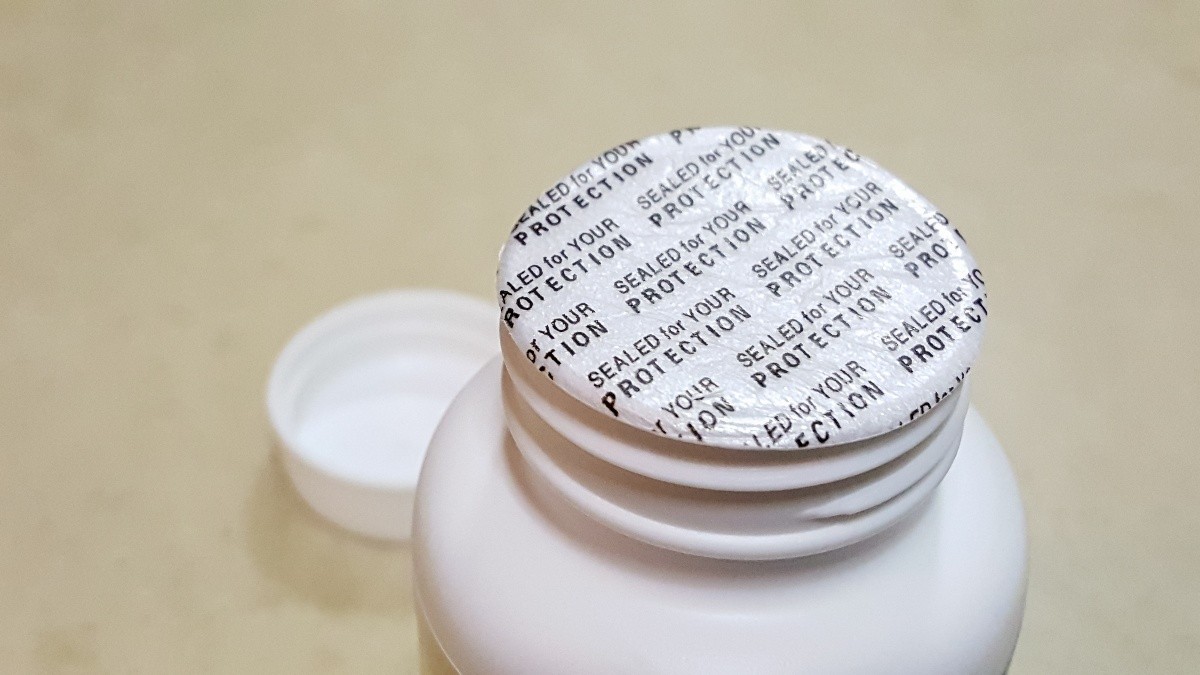Adhesion is the science that explains why things stick together. From the seal on a medicine bottle to the dashboard in your car, adhesion plays a crucial role in countless products and applications. In the realm of engineering and manufacturing, understanding adhesion is paramount, particularly when it comes to creating strong and reliable bonded joints.
A bonded joint serves as a critical structure designed to efficiently transfer stress between different materials, known as substrates. Imagine the pathway of force: it travels from one substrate, across the interface where they meet, through the adhesive that binds them, back across another interface, and finally into the second substrate. This load path is fundamental to how bonded joints function and where potential failures can occur.
When a bonded joint is pushed to its breaking point, failure can manifest in five primary locations within this structure. If the breakdown happens within the substrate material itself or within the adhesive layer, it’s classified as cohesive failure. This type of failure is often predictable because it’s governed by the inherent cohesive properties of the materials, such as their strength and toughness. In well-designed joints, engineers aim for cohesive failure within the adhesive or substrates, as this predictability allows for confident design specifications based on known material properties.
Conversely, adhesive failure, also known as interfacial failure, occurs when the joint separates at the interface – the boundary between the adhesive and the substrate. This type of failure is a strong indicator of inadequate surface preparation before bonding. Joints built on poorly prepared surfaces lack consistent strength and toughness, making structural reliability uncertain. Therefore, ensuring bonded joints consistently fail cohesively is crucial for engineers to design dependable structures. A robust bonding process must be meticulously designed and executed to eliminate the possibility of interfacial failure.
It’s worth noting that certain joining methods, like solvent welding or melt bonding of similar materials, blur the lines of distinct interfaces. These techniques rely on material diffusion, where substances intermingle at a molecular level. In these cases, the joint’s characteristics are dictated by the cohesive properties within this interdiffused zone, rather than distinct adhesive interfaces.
Fundamentally, adhesion itself is defined by the chemical interactions occurring at the interface between the adhesive and the substrate. Look around, and you’ll notice adhesion in action everywhere. From the protective seal ensuring your medicine’s integrity, to the soft-touch dashboard in your vehicle, and the screen on your laptop, adhesion science is integral to diverse industries. Understanding these adhesive principles provides invaluable insights for enhanced product development across sectors.
 Close-up of a medicine bottle's protective seal, demonstrating adhesion's role in product integrity and tamper-evidence.
Close-up of a medicine bottle's protective seal, demonstrating adhesion's role in product integrity and tamper-evidence.
To delve deeper into optimizing your product development strategies, consider adopting a top-down approach, as detailed in our eBook: “The Advanced Guide to Transforming Product Development Through Surface Intelligence Data & Technology.”
